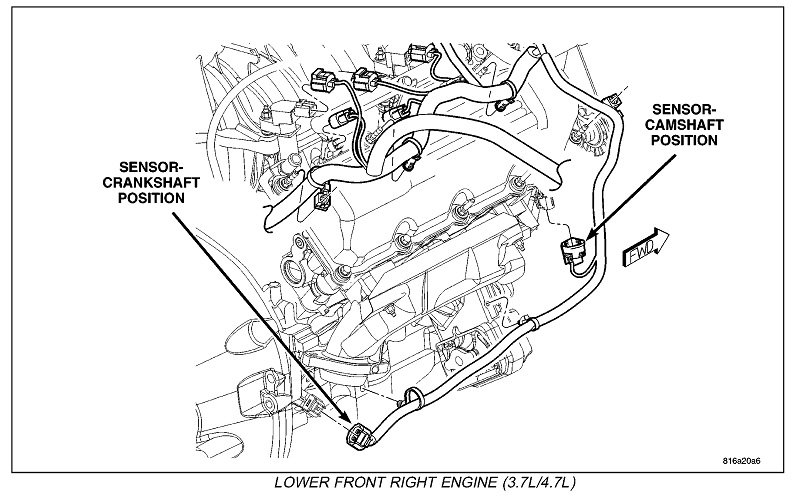Not running hot. It's normal under-hood heat from the engine that heats up all of its sensors, but it's just the cam and crank sensors that become heat-sensitive. We used to run into this all the time in tvs and vcrs. All we could do was cover them up with rags and a lamp, then wait for the intermittent problem to occur. Once something started to act up, we used a spray can of "Freeze Mist" to cool down very specific parts, one at a time, until the problem changed or cleared up. Unfortunately that doesn't always work on cars, especially when you have to drive it until the problem occurs, then run alongside it with the hood open, chasing it with that can of Freeze Mist".
Some sensors, like the older throttle position sensors, are strictly mechanical sensors that aren't affected by temperature. Some are magnetic with a coil of wire wrapped around a magnet. Older cam and crank sensors used to be of this design. They could be identified by having just two wires in their electrical connectors. Those could fail too from under-hood heat, but is was much less common. The very thin wire would expand and contract repeatedly with each engine warm-up cycle, which eventually led to a wire breaking off its terminal. Often those would work again as the wire and terminal cooled down, and that wire would just barely touch the terminal. Here again, natural air flow while driving usually kept them cool. It wasn't until the hot engine was stopped that the lack of air flow caused the heat-related problem to show up.
Cam and crank sensors with three wires are those that have delicate electronic circuitry inside them. Heat is always the deadly enemy of electronic components. Mass air flow sensors, used by every manufacturer except Chrysler, and MAP sensors, both have a lot of circuitry inside them, but they are both near constant air flow, so heat-related failures are less common. Even the heat from a hot, stopped engine rarely affects them because of where they're located away from the areas of high heat.
When you don't have any related diagnostic fault codes to indicate which circuit needs further diagnosis, you have to use a scanner to view the live data the computer is seeing. I have a Chrysler DRB3 for all of my older vehicles. It lists the crankshaft position sensor and the camshaft position sensor with a "No" or "Present". As soon as you start cranking the engine, they should immediately switch from "No" to "Present". When one of them remains on "No", that is the circuit that is not developing its signal. When either signal is missing, the Engine Computer will not turn on the automatic shutdown, (ASD) relay. That relay powers the injectors, ignition coils, alternator field, oxygen sensor heaters, and fuel pump or pump relay. All manufacturers use some variation of this system. If a fuel line gets ruptured in a crash, there would be a serious fire hazard from the raw gas being dumped on the ground. Instead, there can't be any fuel pressure in a broken fuel line. With no fuel pressure, the engine can't run. Once it stalls, there's no signal pulses from the cam and crank sensors. That tells the computer to turn the ASD relay off, thereby stopping the fuel pump.
Image (Click to make bigger)
Friday, January 8th, 2021 AT 6:58 PM




